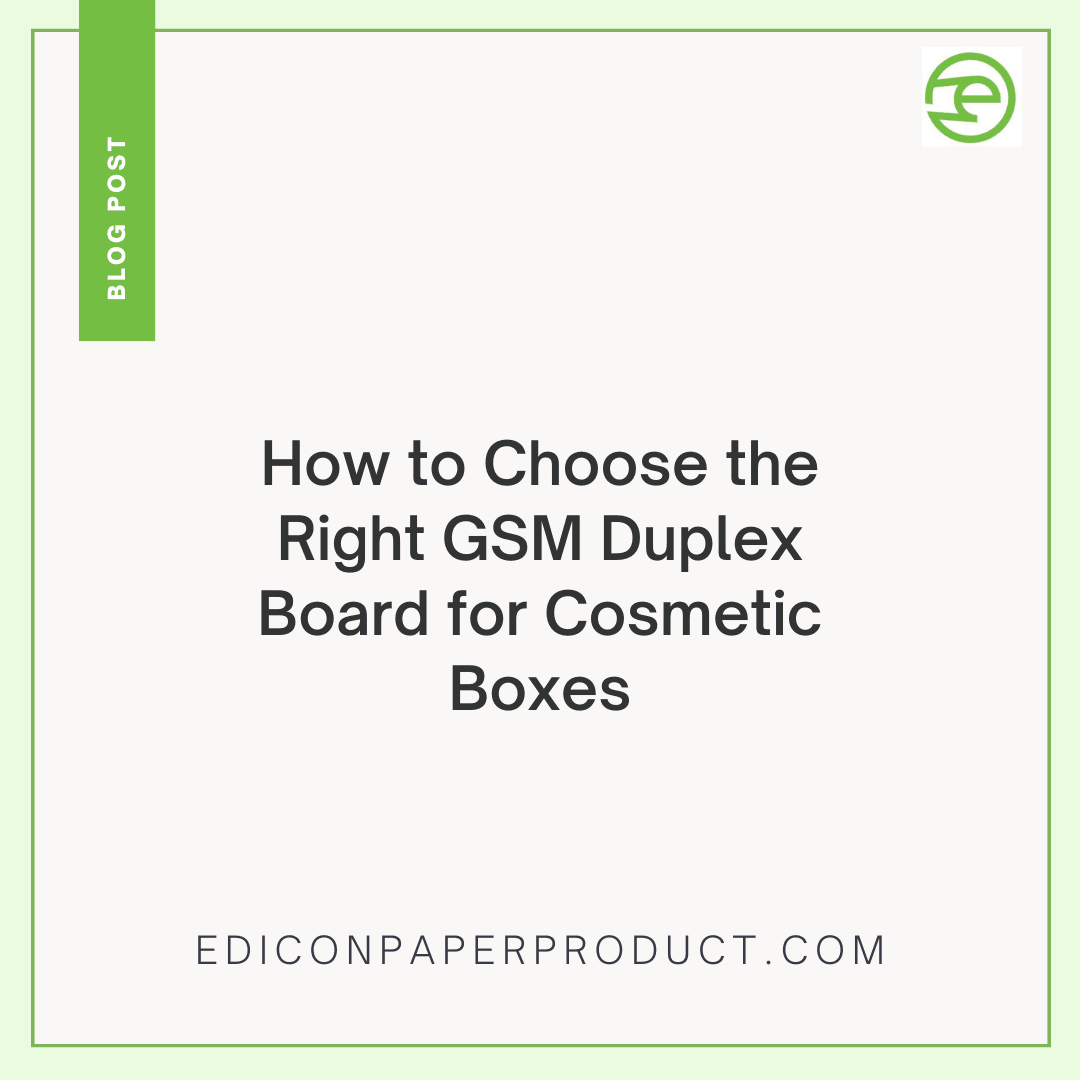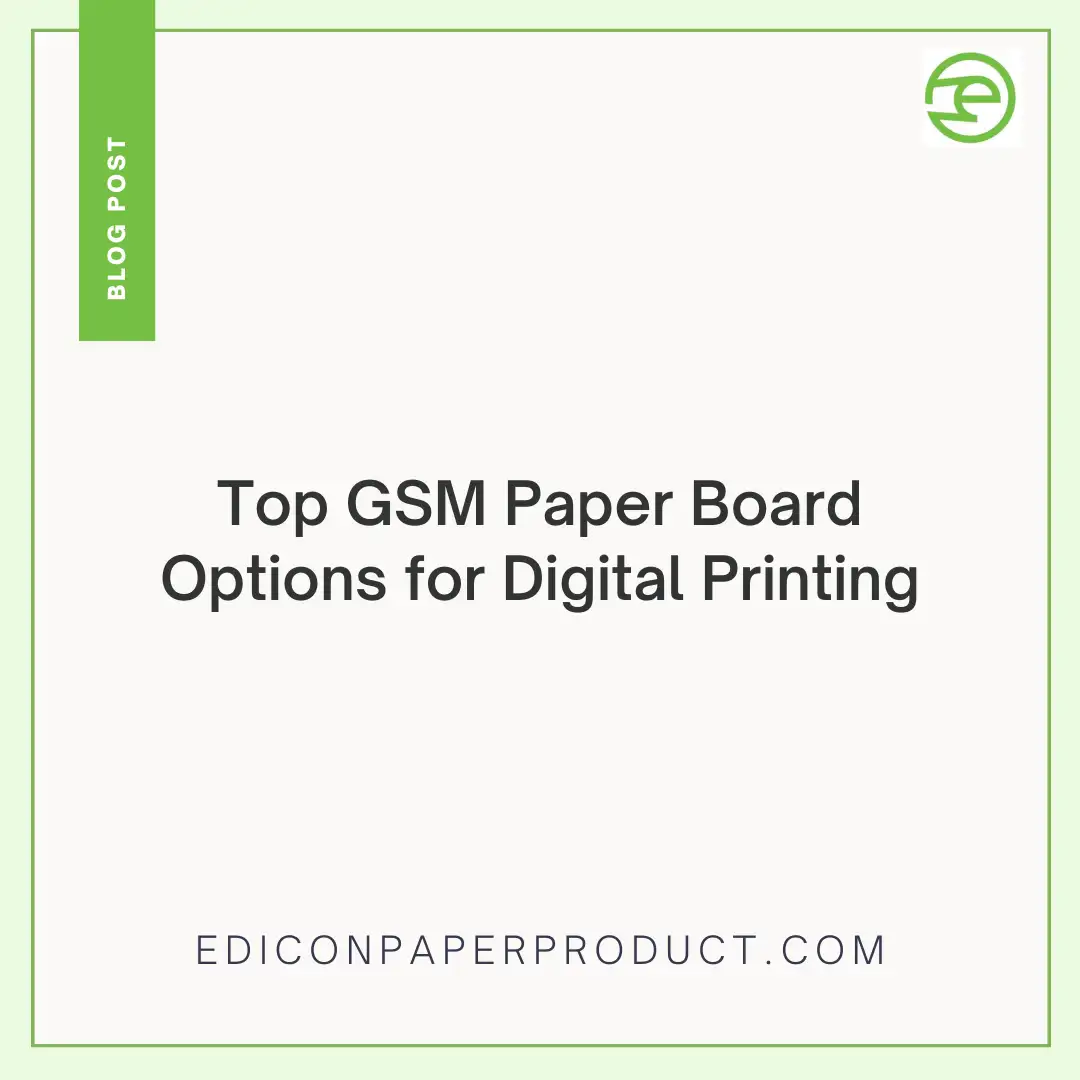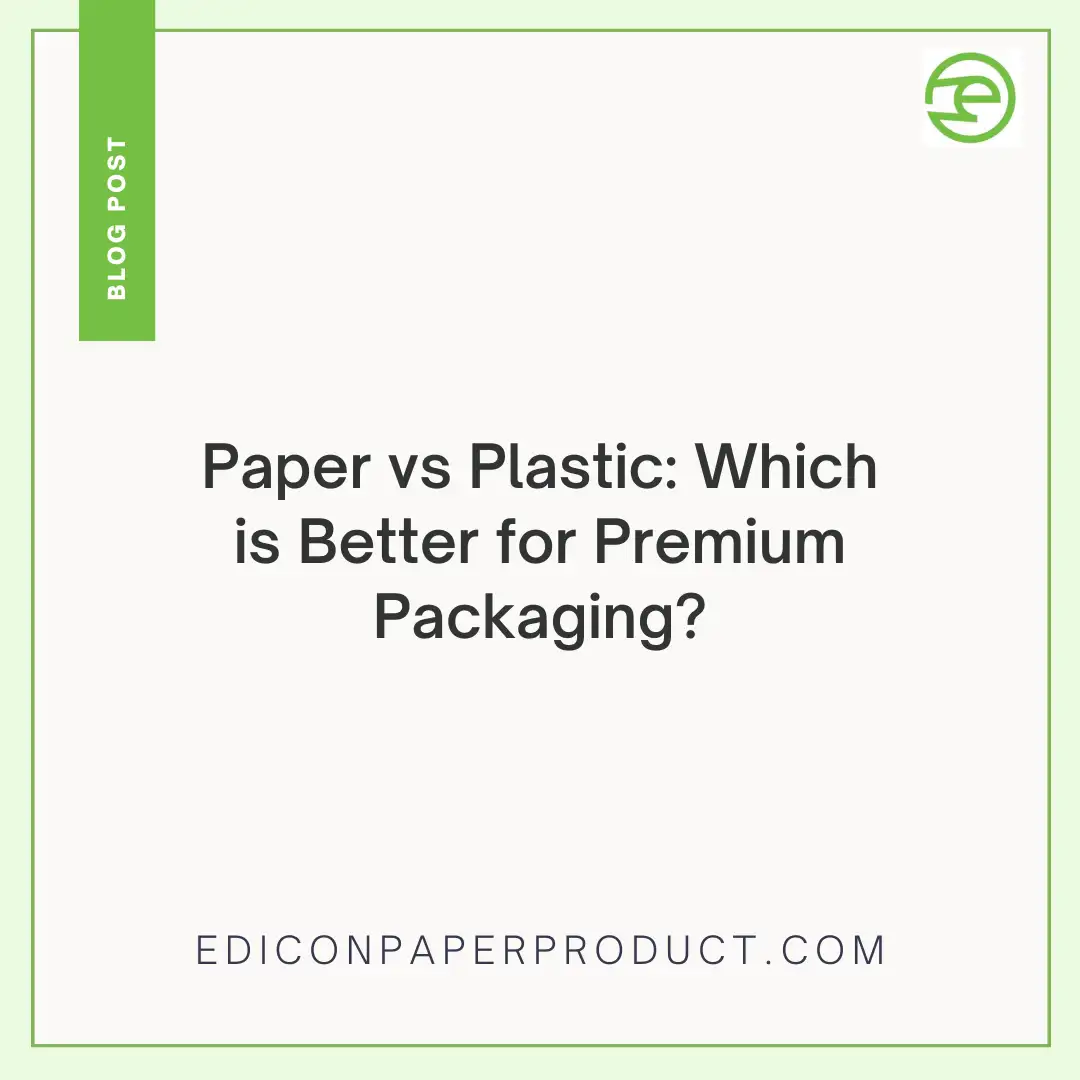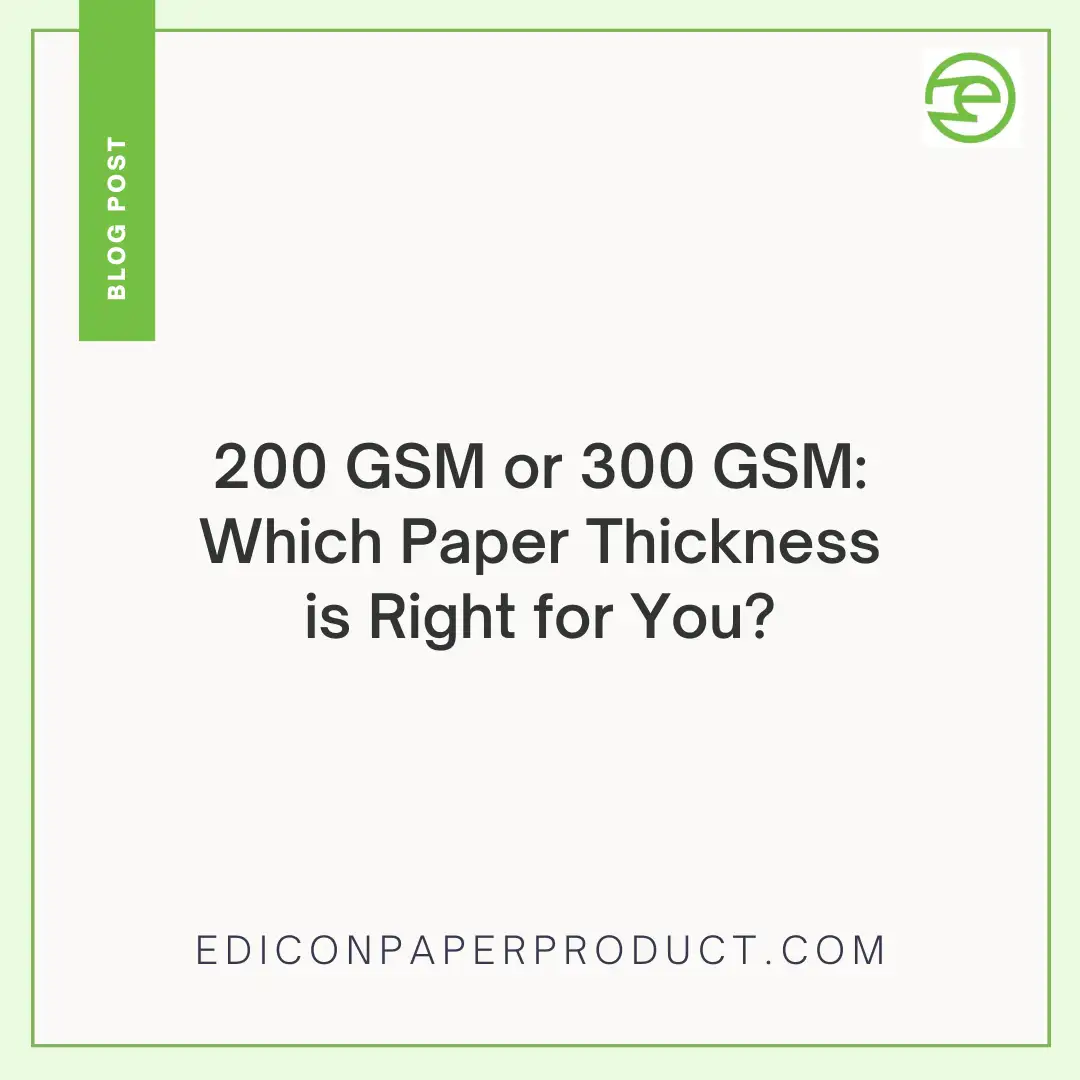How to Choose the Right GSM Duplex Board for Cosmetic Boxes
Introduction
Packaging is one of the most crucial elements in the cosmetic industry. A well-designed box not only protects the product but also reflects your brand’s identity and quality. Consumers often make purchasing decisions based on the first impression of a product, and cosmetic boxes play a key role in this perception.
Duplex board is a preferred material for cosmetic packaging due to its versatility, durability, and premium appearance. However, the GSM (grams per square meter) of the board directly influences its strength, rigidity, and cost-effectiveness. Choosing the right GSM ensures that your boxes provide adequate protection while maintaining visual appeal.
With the rising demand for premium cosmetic packaging, understanding the properties, types, and specifications of duplex board for cosmetic boxes is essential. This guide provides a comprehensive overview, selection criteria, and best practices for choosing the perfect board for your products.
What Is a Duplex Board?
![]()
A duplex board is a multi-layered paperboard featuring a white-coated front for printing and a natural or grey back for strength. Its name “duplex” comes from its two distinct surfaces: a printable face and a sturdy back.
The manufacturing process involves combining layers of pulp with specific coatings applied to achieve smoothness, rigidity, and printability. Common types include:
• Coated duplex board white back: Both sides coated, ideal for high-end packaging.
• Duplex board grey back: Economical option with a white coated front and grey interior.
• Grey back board: Uncoated grey back with basic printing surface.
• Coated duplex board grey back: Balanced solution offering durability and quality print.
• Kraft back duplex board: Features a brown kraft paper back with a white-coated front and excellent for sustainable or organic cosmetic packaging.
Key properties include:
• Rigidity and stiffness for structural integrity
• Smooth surface for superior printing
• Excellent folding quality for box manufacturing
• Compatibility with embossing, foiling, and die-cutting
Duplex board is widely used not only in cosmetics but also in food packaging, confectionery, and luxury retail products. Adherence to industry standards and certifications ensures consistent quality.
What Does GSM Mean in Duplex Board?
GSM stands for grams per square meter and measures the weight of the paperboard. It directly correlates with thickness, rigidity, and strength.
Typical GSM ranges for duplex board:
• Lightweight: 200–250 GSM, suitable for lipsticks and small products
• Medium weight: 250–350 GSM, ideal for creams and powders
• Heavy weight: 350–450 GSM, best for perfumes and gift sets
• Extra heavy: 450+ GSM, used for premium or multi-product boxes
Choosing the correct GSM is vital to:
• Protect the product from damage
• Maintain structural integrity
• Create a premium feel
• Balance cost and performance
Manufacturers test GSM through calibrated weighing methods, ensuring consistency across batches. Standard tolerance levels maintain reliability and performance.
Why Is a Duplex Board Ideal for Cosmetic Boxes?
![]()
Duplex board is highly suited for cosmetic packaging due to its combination of strength, aesthetics, and versatility.
Print Quality:
• Smooth coated surface allows vibrant, high-resolution prints
• Excellent color reproduction enhances brand appeal
• Compatible with embossing, foiling, and specialty inks
Structural Strength:
• Maintains shape during handling and transportation
• Protects delicate cosmetic items
• Resists crushing and deformation during storage
Premium Appearance:
• Offers a professional, luxury feel
• White back ensures clean interior, while grey back provides cost-effective durability
Versatility:
• Supports various box styles: tuck-end, sleeve, rigid, or die-cut
• Compatible with inserts, dividers, and windowed designs
Cost-Effectiveness:
• Balances quality and affordability
• Wide availability from trusted duplex board suppliers
What Are the Different Types of Duplex Board for Cosmetic Packaging?
Coated Duplex Board White Back:
• Premium option with smooth coating on both sides
• Clean interior appearance for luxury products
• Superior printability for detailed branding
Duplex Board Grey Back:
• Economical and strong, suitable for mass-market items
• Grey interior with white front for print quality
• Ideal for sealed boxes or single-product packaging
Coated Duplex Board Grey Back:
• Coated grey back for enhanced stiffness and moisture resistance
• Mid-range pricing balances durability and aesthetics
• Suitable for most cosmetic products
Kraft Back Duplex Board:
• Features a natural brown kraft back with a white-coated front
• Uncoated kraft back: Sturdy and eco-friendly, offers a rustic, natural look
• Coated kraft back: Smooth printable front for high-quality branding while retaining the kraft back’s strength
• Ideal for gift boxes, cosmetic boxes, and sustainable packaging solutions
• Balances aesthetics, durability, and eco-conscious appeal
How Do You Choose the Right GSM for Different Cosmetic Products?
![]()
Lightweight Products (Lipsticks, Eyeliners):
• GSM: 250–300
• Coated duplex grey back recommended
• Protects small items without excess material
Medium-Weight Products (Face Powders, Compacts):
• GSM: 300–350
• Coated duplex white back or grey back
• Ensures retail display strength and premium feel
Heavier Products (Perfumes, Gift Sets):
• GSM: 350–400+
• Coated duplex white back preferred
• Supports weight, luxury presentation, and long-term shape retention
Multi-Product Gift Sets:
• GSM: 400–450
• Enhanced structural support required
• High GSM coated duplex with dividers for stability
Travel/Sample Sizes:
• GSM: 230–280
• Lightweight, cost-efficient, and protective
What Factors Should You Consider When Selecting a GSM Duplex Board?
• Product weight and dimensions: Ensure box strength and support points
• Packaging design requirements: Folding, gluing, window features
• Brand positioning: Luxury vs. mass-market alignment
• Distribution and handling: Shipping, stacking, consumer use
• Printing requirements: Technique compatibility, color fidelity, finishes
• Budget constraints: Cost per unit, volume discounts
• Regulatory compliance: Environmental and safety standards
• Sustainability goals: Recyclable and FSC-certified boards
How Does Board Coating Affect Performance?
• Clay coating: Standard smooth finish for printing
• PE/PP coatings: Enhance moisture resistance
• Bio-based coatings: Sustainable option
• Coating improves: printability, gloss, scratch resistance, and moisture protection
• White back vs. grey back: Affects aesthetics, cost, and structural performance
• Specialized coatings (soft-touch, UV, anti-microbial) add value for luxury products
What Are Common Quality Issues and How to Avoid Them?
• GSM inconsistency: Verify with calibrated scales, maintain batch tolerances
• Poor printability: Ensure smooth surface and proper ink absorption
• Delamination: Test adhesion, avoid moisture exposure
• Warping and curling: Control humidity, acclimate boards before use
• Folding and creasing issues: Follow fiber direction and scoring techniques
• Color variation: Batch matching and quality inspection essential
How to Find Reliable Duplex Board Suppliers?
• Qualifications: ISO/FSC certifications, technical expertise
• Quality assurance: Testing facilities, consistent supply
• Service capabilities: Customization, MOQs, lead times
• Commercial terms: Transparent pricing, flexible contracts
• Logistics: Damage-free shipping, pan-India coverage
• Support: Technical consultation, after-sales service
What Is the Cost Structure of Different GSM Options?
• Base prices rise with GSM: 250 GSM (base), 300 GSM (+15-20%), 350 GSM (+30-35%), 400 GSM (+45-50%), 450+ GSM (+60-70%)
• Board type affects cost: grey back (economical), coated grey (+10-15%), white back (+20-30%), premium fully coated (+35-50%)
• Volume discounts reduce per-unit cost for larger orders
• Additional costs: coatings, custom GSM, urgent delivery
• Optimize cost by selecting correct GSM, bulk purchases, and long-term supplier agreements
How to Test and Verify Duplex Board Quality?
• GSM verification: Sample cutting, weighing, multiple tests
• Physical tests: Bursting strength, folding endurance, tear resistance, stiffness
• Printing quality: Ink absorption, dot gain, color adhesion
• Structural tests: Compression strength, box crush, stacking simulation
• Environmental tests: Moisture content, humidity resistance, temperature cycles
• Visual inspection: Surface defects, color consistency, coating uniformity
What Are Best Practices for Storage and Handling?
• Storage conditions: 20–25°C, 50–60% humidity, flat stacking, avoid sunlight
• Handling: Proper lifting, minimize moisture exposure, FIFO principle
• Conditioning before use: Acclimatization 24–48 hours, correct humidity
• Inventory management: Batch tracking, shelf-life monitoring, quality checks
What Are Current Trends in Cosmetic Box Packaging?
• Sustainability: Recycled content, biodegradable coatings, FSC certification
• Design innovations: Magnetic closures, window boxes, embossed textures
• Technology integration: QR codes, NFC, smart packaging
• Consumer preferences: Instagram-worthy, premium feel, personalization
• Material innovations: Hybrid boards, lightweight high-strength boards
How Edicon Paper Supports Your Cosmetic Packaging Needs
• Product excellence: Wide GSM range, coated and grey back options
• Manufacturing expertise: Modern facilities, rigorous quality control
• Customer support: Technical guidance, sample provision, trial runs
• Reliable supply: Pan-India delivery, flexible order quantities
• Competitive advantage: Transparent pricing, volume discounts, trusted reputation
• Value-added services: Quality testing, storage recommendations, market insights
Practical Tips for First-Time Buyers
• Initial steps: Define specifications, calculate dimensions, set budget
• Working with suppliers: Request samples, test with products, evaluate printing
• Making decisions: Compare GSM options, cost-benefit analysis, trial orders
• Avoid common mistakes: Don’t choose GSM solely on price, account for waste, maintain supplier relationships
Conclusion
Choosing the right GSM Duplex Board for Cosmetic Boxes is key to product protection, brand image, and customer satisfaction. The correct board type, coating, and GSM balance durability, aesthetics, and cost. With options like coated duplex board grey back and white back boards, brands can create both premium and mass-market packaging solutions. Quality testing, proper storage, and reliable duplex board suppliers like Edicon Paper ensure consistent performance. Investing in the right packaging elevates your products, protects your brand, and meets modern sustainability standards. Consult experts, request samples, and make informed decisions to optimize your cosmetic packaging.






